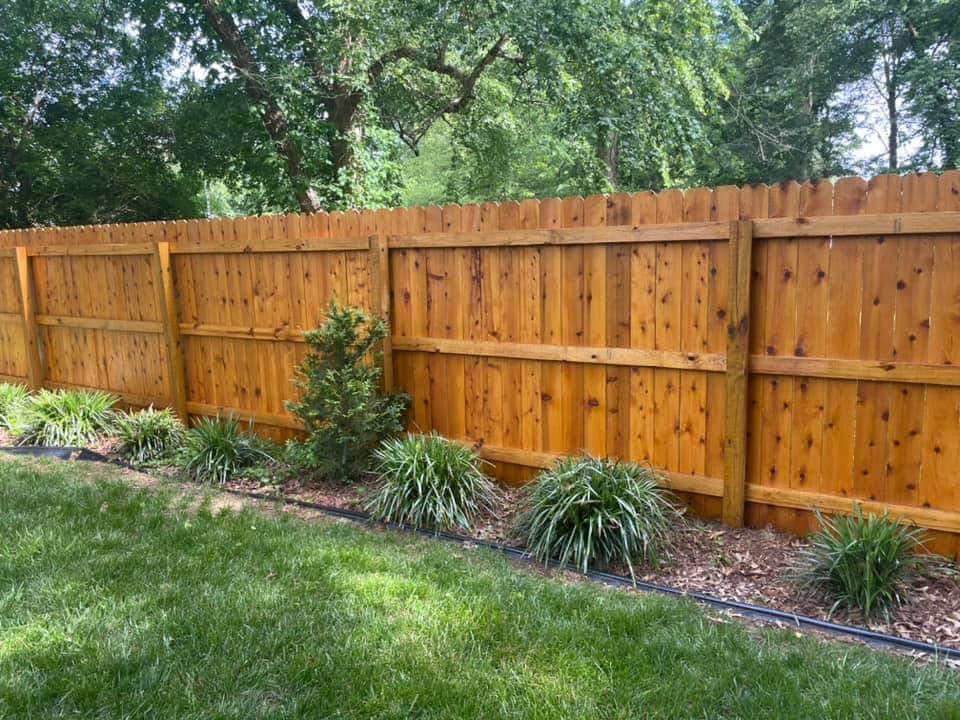Shield Your Surface Areas with Concrete Sealing Brentwood
Crucial Tips for Deck Staining Success
Accomplishing a perfectly stained deck calls for more than just a brush and a can of stain. From picking the right kind of discolor to mastering the art of application, each stage plays a vital duty in the last end result.
Choosing the Right Spot
Choosing the appropriate stain is vital in accomplishing a resilient and visually pleasing finish for your deck. concrete sealing brentwood. When picking a discolor for your deck, it is crucial to think about elements such as the timber kind, desired color, degree of protection needed, and maintenance choices
First of all, take into consideration the type of wood your deck is made of, as different wood varieties might react in a different way to specific types of stains. Woods like oak or mahogany may need different spots contrasted to softwoods like yearn or cedar. Comprehending the qualities of the timber will certainly aid you pick a stain that penetrates effectively and boosts its natural appeal.
Following, assume regarding the color you desire for your deck. Discolorations are available in a range of tones, from natural tones that enhance the timber's grain to more opaque shades that offer better UV security. Choose a color that enhances your outdoor area and matches your aesthetic choices.
In addition, examine the degree of security the stain deals. Some discolorations supply more comprehensive defense versus UV rays, moisture, and mold, which can lengthen the life of your deck. Stabilizing defense with visual appeals is key to attaining a aesthetically enticing and long-lasting finish.
Preparing the Deck Surface Area
To make certain a successful application of the chosen stain, comprehensive prep work of the deck surface area is crucial. Start by cleaning the deck completely to get rid of dirt, debris, and any kind of previous finishes. Use a deck cleaner or timber brightener together with a stiff-bristled brush to scrub the surface tidy. Pay very close attention to areas vulnerable to mold and mildew and mildew development. After cleaning, allow the deck to completely dry entirely before continuing.
Change or fix these as required to ensure the structural integrity of the deck. This action not just assists the stain stick far better yet likewise enhances the total appearance of the deck.
Applying the Spot Properly

Begin by extensively blending the discolor to make certain an even consistency. Make use of a paint stirrer to blend the stain well, particularly if it has been sitting for a while. When using the tarnish, utilize a paintbrush, sprayer, or roller , depending on the sort of stain and the dimension of the deck. Operate in workable areas to avoid the tarnish from drying erratically. Use the tarnish towards the timber grain to guarantee even coverage and an expert surface.
Enable the first layer to dry totally prior to deciding if a second coat is required. Adhere to the producer's directions concerning drying out times and reapplication. Correct application of the tarnish is important for safeguarding your deck and enhancing its look for many years to find.
Maintaining Your Discolored Deck
After efficiently using the discolor to click reference your deck, preserving its appearance and safety high qualities is important for long-term sturdiness and visual appeal. Regular upkeep is crucial to protecting the charm and integrity of your stained deck. Addressing problems without delay can additional resources stop them from getting worse and extend the life of your discolored deck.

Troubleshooting Common Issues
Identifying and addressing usual concerns that might arise with your stained deck is necessary for ensuring its long life and optimal performance. One common issue is peeling or flaking of the tarnish. This can occur due to inadequate adhesion created by insufficient surface area preparation or applying the tarnish in negative weather. To treat this, the impacted locations require to be removed, fined sand, and effectively re-stained adhering to maker standards.
Another concern frequently run into is mold and mildew growth on the deck surface. This can be attributed to moisture retention, lack of sunshine, or improper air flow. To tackle this problem, a detailed cleansing with a mold and mildew and mold eliminator adhered to by appropriate drying out and application of a mold-resistant discolor is critical.
In addition, fading of the stain color over time is a prevalent problem. UV exposure and severe weather condition can create staining. To address this, choosing a top quality, UV-resistant discolor and applying a fresh layer occasionally can assist preserve the deck's aesthetic allure.

Verdict
In verdict, successful deck staining requires picking the right stain, properly preparing the deck surface, using the discolor properly, and maintaining the tarnished deck. By following these crucial ideas, you can accomplish a wonderfully discolored deck that improves the overall see here now look of your outside room. Keep in mind to fix any type of typical concerns that might develop throughout the discoloration process to ensure a durable and visually enticing result.
Accomplishing a faultlessly tarnished deck requires even more than just a brush and a container of stain.To ensure an effective application of the picked stain, thorough prep work of the deck surface is essential. When applying the discolor, utilize a paintbrush, sprayer, or roller , depending on the type of tarnish and the dimension of the deck.Determining and addressing typical problems that might occur with your discolored deck is important for ensuring its longevity and optimum performance.In conclusion, successful deck staining needs picking the right tarnish, properly preparing the deck surface area, applying the discolor correctly, and maintaining the discolored deck.